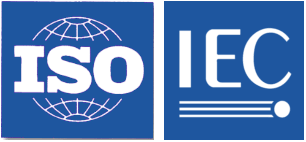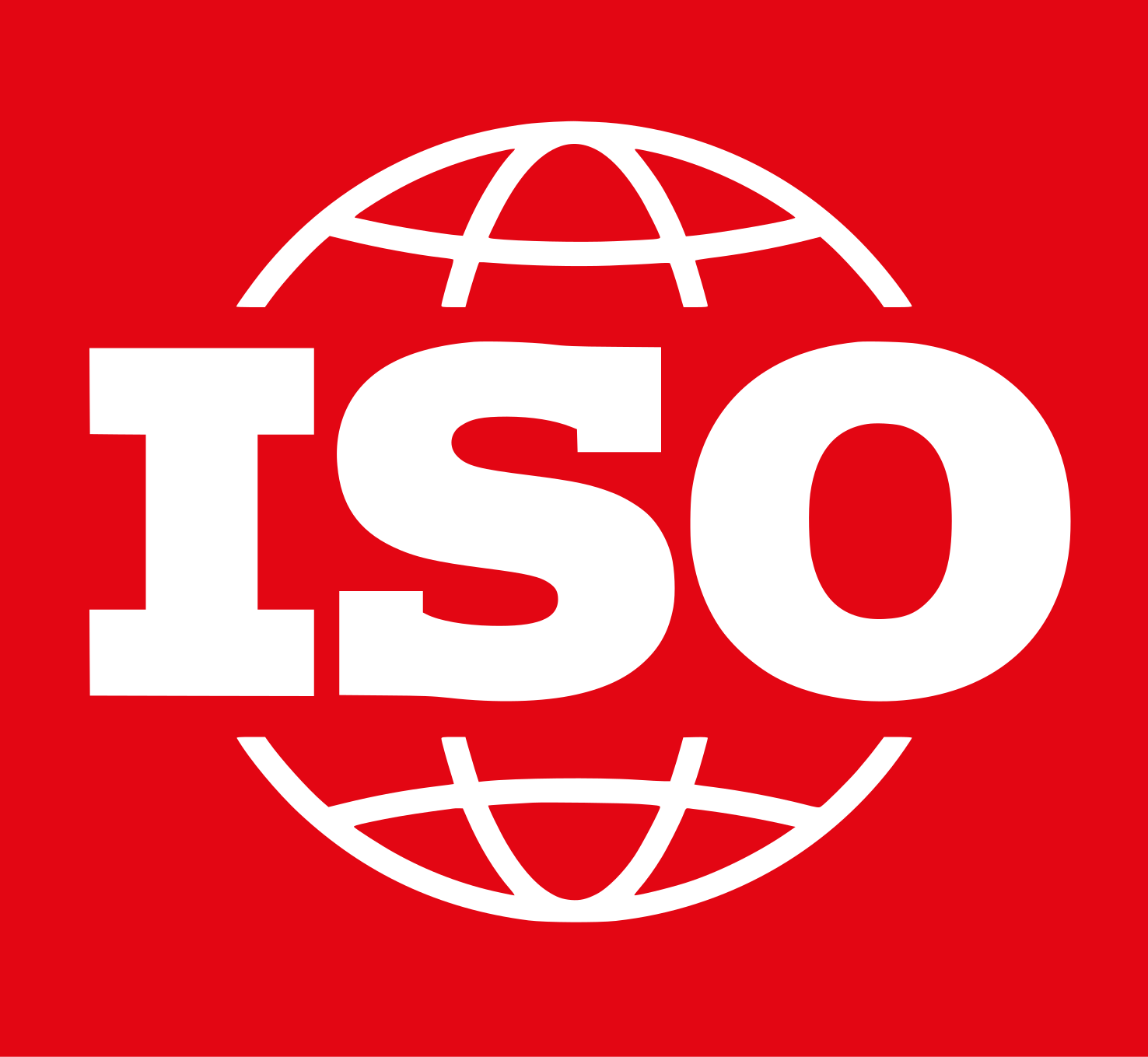Information technology - Top-level ontologies (TLO) - Part 1: Requirements
This document describes the basic concept of metadata, and its relationship to both data and metamodels.

This document describes the basic concept of metadata, and its relationship to both data and metamodels.

This document specifies required characteristics of a domain-neutral top-level ontology (TLO) that can be used in tandem with domain ontologies at lower levels to support data exchange, retrieval, discovery, integration and analysis.
If an ontology is to provide the overarching ontology content that will promote interoperability of domain ontologies and thereby support the design and use of purpose-built ontology suites, then it needs to satisfy certain requirements. This document specifies these requirements. It also supports a variety of other goals related to the achievement of semantic interoperability, for example, as concerns legacy ontologies developed using heterogeneous upper-level categories, where a coherently designed TLO can provide a target for coordinated re-engineering.
This document specifies the characteristics an ontology needs to possess to support the goals of exchange, retrieval, discovery, integration and analysis of data by computer systems.
The following are within the scope of this document
— Specification of the requirements an ontology needs to satisfy if it is to serve as a top-level hub ontology.
— Specification of the relations between a top-level ontology and domain ontologies.
— Specification of the role played by the terms in a top-level ontology in the formulation of definitions and axioms in ontologies at lower levels.
The following are outside the scope of this document:
— Specification of ontology languages, including the languages OWL 2 and CL, used in ontology development with standard model-theoretic semantics.
— Specification of methods for reasoning with ontologies.
— Specification of translators between notations of ontologies developed in different ontology languages.
— Specification of rules governing the use of IRIs as permanent identifiers for ontology terms.
— Specification of the principles of ontology maintenance and versioning.
— Specification of how ontologies can be used in the tagging or annotation of data.

A European standard to declare the security level of cryptographic modules.

ISO/IEC TS 30168:2021 specifies a generic programming interface for the integration of secure elements within Industrial IoT devices. This includes requirements from industrial usage scenarios and applications. This document also provides guidance for implementation, testing, and conformity validation.

This document
specifies two methodologies for the measurement of specific attributes of two-dimensional bar code symbols, one of these being applicable to multi-row bar code symbologies and the other to two-dimensional matrix symbologies;
defines methods for evaluating and grading these measurements and deriving an overall assessment of symbol quality;
gives information on possible causes of deviation from optimum grades to assist users in taking appropriate corrective action.
This document applies to those two-dimensional symbologies for which a reference decode algorithm has been defined, but its methodologies can be applied partially or wholly to other similar symbologies.
Note While this document may be applied to direct part marks, it is possible that better correlation between measurement results and scanning performance will be obtained with ISO/IEC 29158 in combination with this document.

This document specifies an aggregation process that provides aggregated environmental performance evaluation data in accordance with a given environmental performance evaluation specification conforming to ISO 20140-2, by using a set of environmental performance evaluation data conforming to ISO 20140-5.
This document does not specify any aggregation processes specific to particular implementations of manufacturing systems.

This document provides a general principle, procedures and requirements for environmental labels and declarations for concrete and concrete structures. It is used for the environmental labels and declarations for concrete constituents, reinforcement, concrete, concrete products and concrete structures.
NOTE This document contains more specific requirements for environmental labels and declarations for concrete and concrete structures, based on ISO 14020, ISO 14024, ISO 14025 and ISO 21930.
This document includes the following phases of concrete and concrete structures:
— production phase of concrete constituents, concrete and concrete products;
— execution phase of concrete structures;
— use phase of concrete structures; and
— end-of-life phase.
This document applies to the partial life cycle (certain phases of the life cycle) or the entire life cycle of concrete and concrete structures. It applies to new concrete and concrete structures as well as to existing concrete and concrete structures.

This document specifies those terms, concepts and principles considered necessary to address stakeholder concerns and to carry out enterprise creation programmes as well as any incremental change projects required by the enterprise throughout the whole life of the enterprise. This document forms the basis by which enterprise architecture and modelling standards can be developed or aligned.

This document specifies a reference base of concepts and principles for enterprise architectures that enable enterprise development, enterprise integration, enterprise interoperability, human understanding and computer processing. This document further specifies requirements for models and languages created for expressing such enterprise architectures.

This document specifies the initial set of core reference data items which can be used to record information about process plants, including oil and gas production facilities.
The following are within the scope of this document:
— core classes for process plants, including oil and gas production facilities;
NOTE 1 Reference data items can be core classes, de facto classes, commodity classes and manufactured product classes. Reference data items can also be standard classes or proprietary classes. The terms for the different types of class are defined in 3.1. A discussion about the different types of classes is contained in Annex D.
NOTE 2 A core class defined by this document can be used by ISO 15926-2, ISO/TS 15926-7, ISO/TS 15926-8, ISO/TS 15926-11, ISO/TS 15926-12, ISO 15926-13 and ISO 10303-221.
— the unique name for each reference data item;
— the definition of each reference data item;
— subclass and classification relationships between reference data items;
— the entity within ISO 15926-2 that can be used to record each reference data item.
NOTE 3 Each reference data item that is a class is directly or indirectly a subclass of an entity in ISO 15926-2.
The following are outside the scope of this document:
— data requirements for additional reference data items;
— the procedures to be followed for registration and maintenance of additional reference data items.

This document defines the principles and methods for conformance testing of software implementations of ISO 15926.
It provides guidance for developing test cases and testing procedures that cover the requirements specified in the ISO 15926 series and in different industry usage contexts, e.g. data exchange, use of reference data libraries and interface services.
This document provides guidance in addition to the conformance in the parts.
NOTE 1 Guidance on conformance ISO 15926 testing of complex scenarios which represent integrated interoperability is outside the scope of this document.
NOTE 2 Guidance on the development of software that supports the way of file exchange in the simple scenario which represents unified interoperability is outside the scope of this document.

ISO/TS 15926-12:2018 specifies an ontology for the integration of industrial data throughout its life-cycle. The ontology is represented in Web Ontology Language (OWL).
The following are within the scope of ISO/TS 15926-12:2018:
· fundamental subclasses of an individual that exists in an actual or possible world, including physical object, activity and event;
· relationships between physical objects, activities and events, including the creation and destruction of physical objects;
· whole-part relationships between physical objects, including temporal part relationships that implement a 4-dimensional (4D) approach to change over time;
· points and periods in time;
· points and regions in space;
· the identification of points in time by text strings in the format defined by ISO 8601.
The following are outside the scope of ISO/TS 15926-12:2018:
· definitions of physical quantities and measurement scales;
· knowledge organization and document metadata specifications;
· approval and status;
· geometry and topology, including shape.
